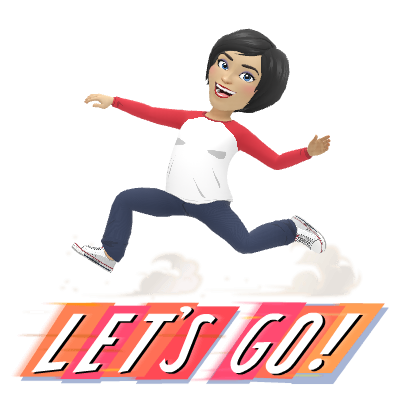Fast Llamas,

I was privy to a conversation a colleague was having with a student teacher in our building the other day. They were talking about classroom management and the student teacher asked and I paraphrase, "will there ever be a time that the students behavior won't have to be managed?" This got me thinking and the answer is "yes and no". Middle school students are just that, they are teenagers and their brains won't be fully developed until they are much older. So, we use this time that we have with them to teach them the ways of success. But, by February, most of your procedures, systems and routines are put into place... unless...
1. They are too complicated - procedures should be "engineered to be efficient" (Lemov, 2015). Procedures should be the simplest way to complete a task. Script out the most critical routines in your classroom. What do they look like? What are your expectations? How will you know when students are successful? How will the students know they are successful?
Normal Systems:
a. how to ask a question
b. how to answer a question
c. how to have a discussion
d. moving materials
e. note taking
f. turn and talk
g. independent work
h. how to test
i. managing behavior
j. moving students
2. You did not take the time to practice in the beginning - taking the time to practice to make procedures quick with little narration will come back to haunt you. Take the time to plan out to detail and then practice with students always will pay off. Make an anchor chart of the expectations for students and refer to the anchor chart often.
3. You don't have key phrases planned out - here comes planning again. Clarity and specificity are king here.
And I am not just talking about procedures and routines for behavior. Academic procedures are worth practicing too. Like using RULER, used to strategize test taking skills or a CHECK-X strategy, these are done every time with fidelity.
To move from procedure to routine to system takes patience and time, but it will pay off .
Here are some tips from Teach Like a Champion:
1. Number the steps - chunk them as you narrate, first, stand up, second, turn and face me... etc.
2. Model and describe - give certain procedures a moniker - like "vertical hand"
3. Practice
4. Reflect on the most common questions or requests students have and systemize these.
5. Transfer Ownership
The Slumps:
Sometimes there is a need to rectify or reset what's happening in your classroom. Don't think since it is the middle of the year that some systems need your attention. While most procedures and routines are established at the beginning of the school year, it is never too late to create a new one or review an existing one.
Here are some tips, again from Teach Like a Champion:
1. Invent a peg - Connect the reset to a new goal, such as a big field trip or 34 days until STAAR.
2. Review procedures before and after a big break.
3. Heart to Heart - tell the students the reason to a reset. Maybe they (and you) have gotten sloppy and you are losing valuable learning time, just be honest.
4. Practice - let students take the lead
5. Praise - Give props that are quick, universal and enthusiastic.
Examples of Props:
a. snaps
b. power whooshes
c. the hitter - pretend to toss a baseball and hit it for a homerun
d. hot pepper - pretend hold and eat a hot pepper and say "ssss"
Here are a few example videos, the examples are from elementary, but I believe they will work for any age, because middle school kids are just kids in big bodies.
References:
Lemov, D. (2015). Teach like a champion 2.0. San Francisco, CA: Jossey-Bass.


